Tag: Brain
-
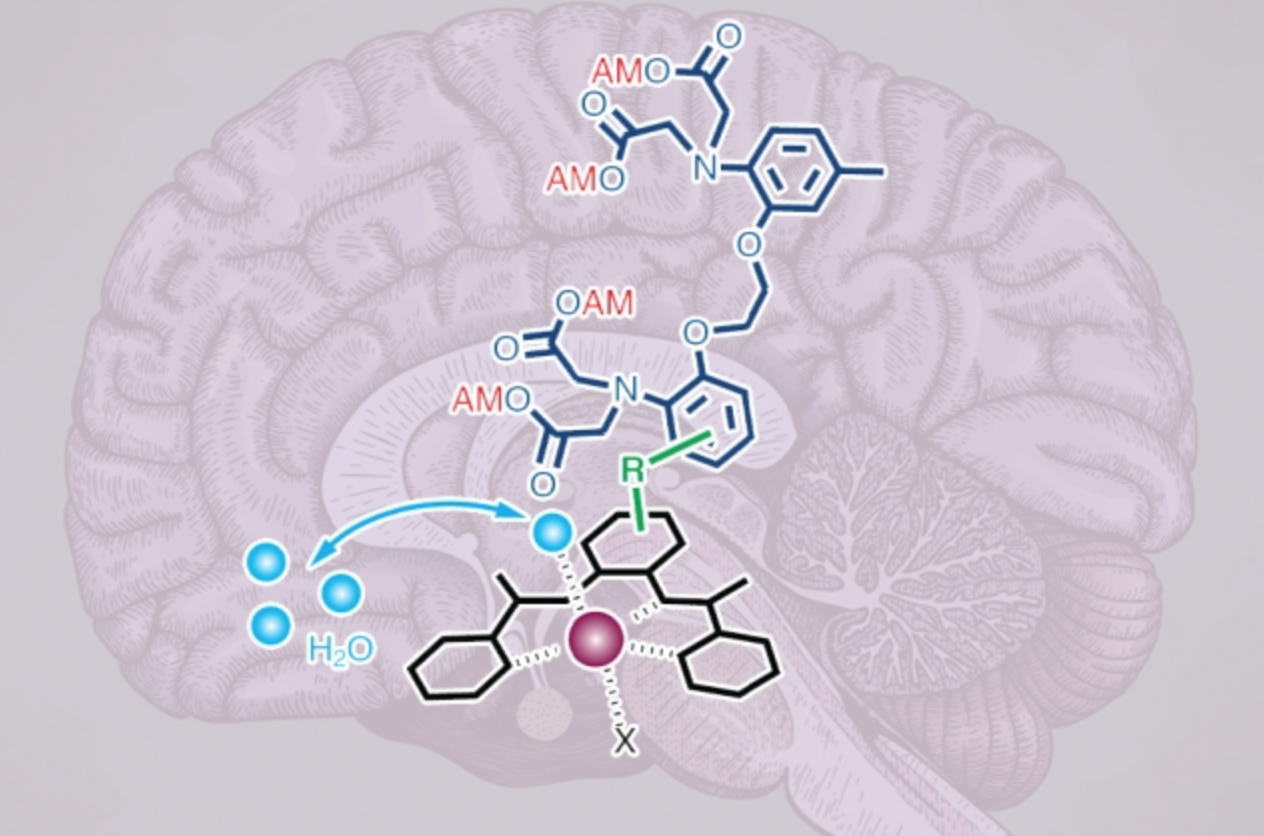
MRI detected intracellular calcium signaling
Alan Jasanoff and MIT colleagues are using MRI to monitor calcium activity at a much deeper level in the brain than previously possible, to show how neurons communicate with each other. The research team believes that this enables neural activity to be linked with specific behaviors. To create their intracellular calcium sensors, the researchers used…
-
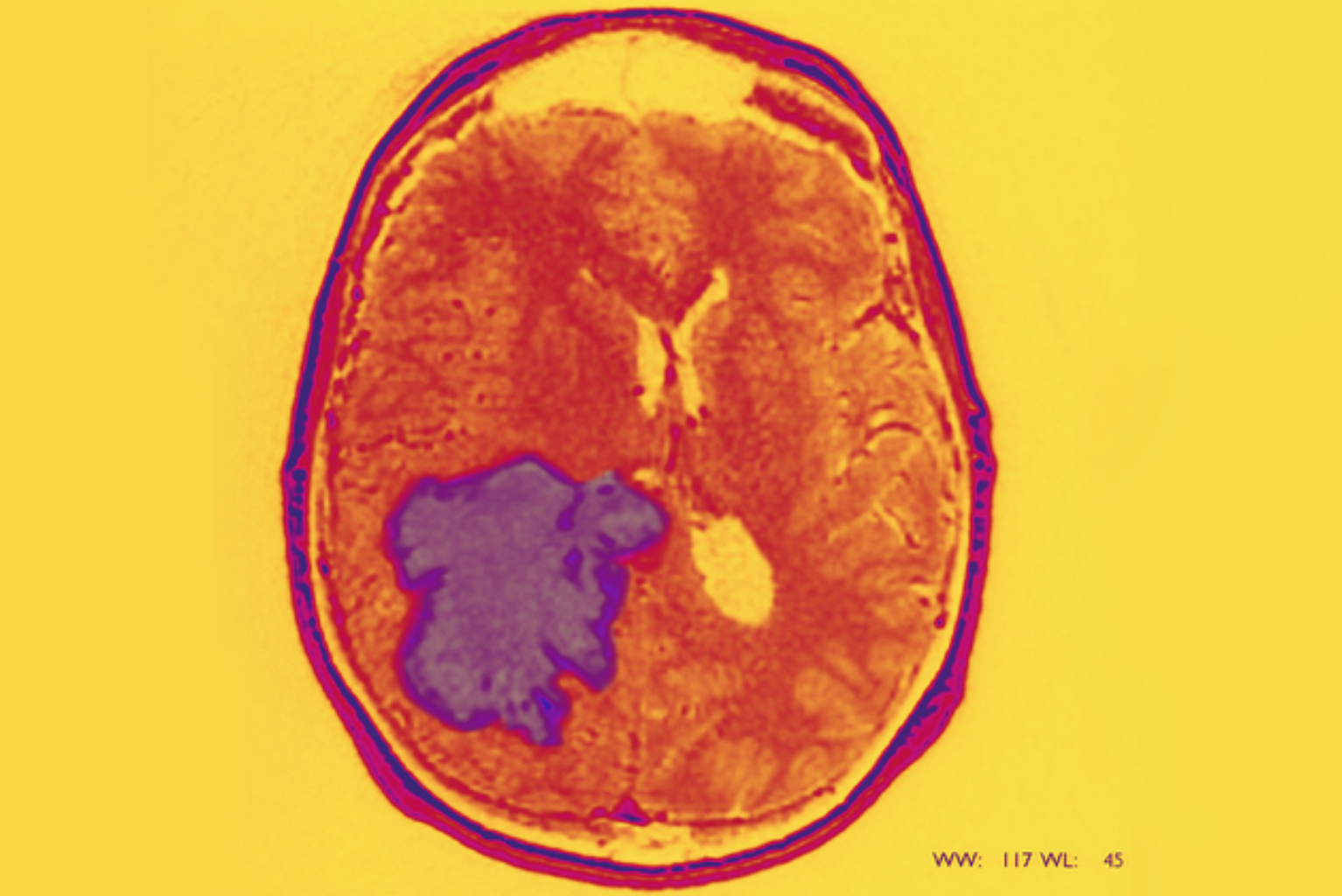
Starving cancer stem cells as a new approach to glioblastoma
Luis Parada and Sloan Kettering colleagues are focusing on cancer stem cells as a new approach to glioblastoma. Like normal stem cells, cancer stem cells have the ability to rebuild a tumor, even after most of it has been removed, leading to cancer relapse and metastasis. According to Parada: “The pharmaceutical industry has traditionally used…
-

“Monorail” could halt spread of brain tumors
Duke’s Ravi Bellamkonda has developed a “Tumor Monorail” which tricks aggressive brain tumors such as glioblastoma into migrating into an external container rather than throughout the brain. It has been designated “Breakthrough Device” by the U.S. Food and Drug Administration (FDA). The device mimics the physical properties of the brain’s white matter to entice aggressive tumors to…
-

Neural signals translated into speech
Columbia University’s Nima Mesgarani is developing a computer-generated speech method for those who are unable to talk. How brain signals translate to speech sounds varies from person to person, therefore computer models must be trained individually. The models are most successful when used during open skull surgeries, to remove brain tumors or when electrodes are…
-
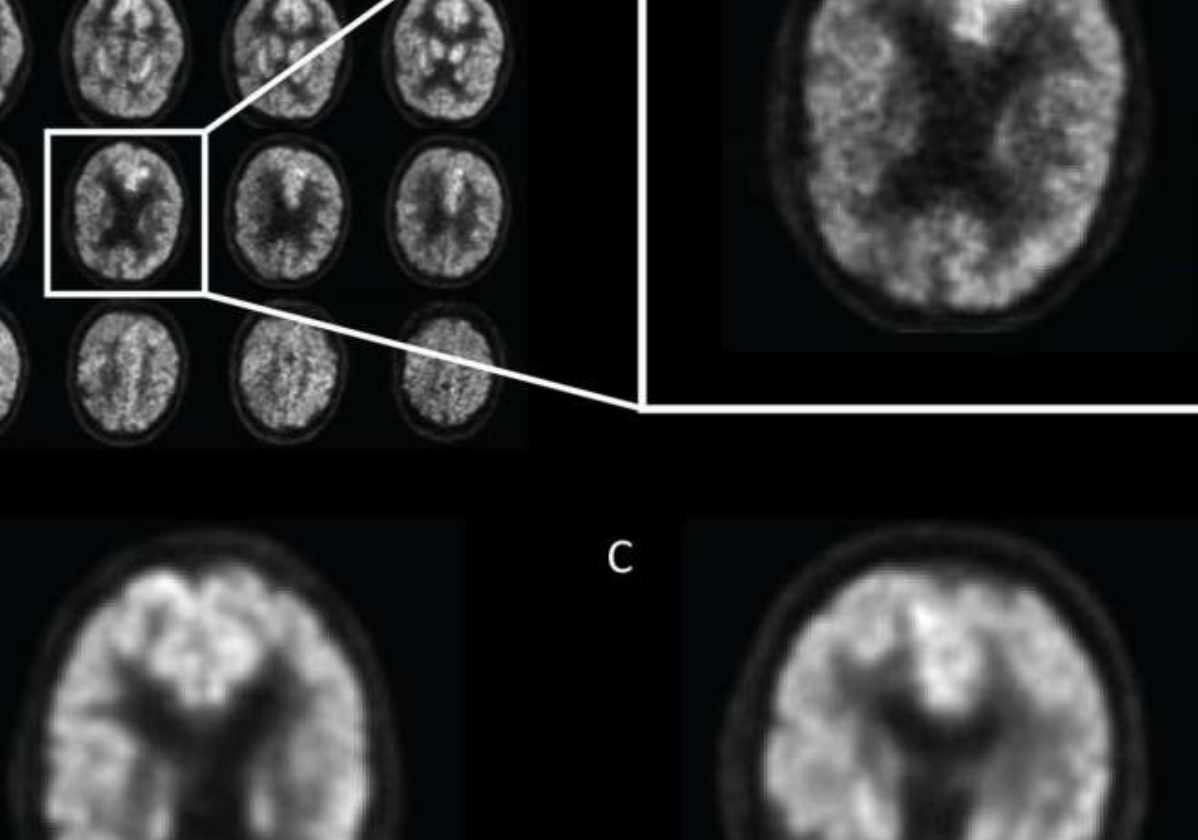
Alzheimer’s detected by AI 6 years before diagnosis
In a recent study, Jae Ho Sohn and UCSD colleagues used an AI to analyze glucose-monitoring PET scans to detect early-stage Alzheimer’s disease six years before diagnosis. The algorithm was trained on PET scans from patients who were eventually diagnosed with Alzheimer’s disease, MCI, or no disorder. It was able to identify 92% of patients who…
-
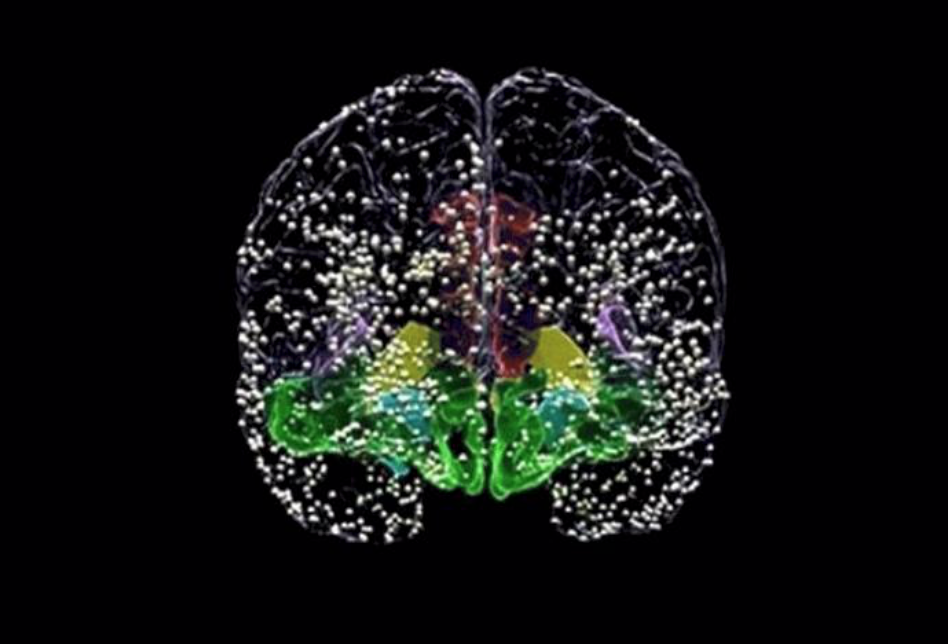
DARPA-developed closed loop therapies for neuropsychiatric illness
Led by Justin Sanchez, DARPA’s SUBNETS program develops responsive, adaptable, personalized closed-loop therapies for neuropsychiatric illness that incorporate recording and analysis of brain activity with near-real-time neural stimulation to correct or mitigate brain dysfunction. The technology detects ongoing dynamic changes in brain activity associated with fluctuations in mood, and uses the data to deliver precisely…
-
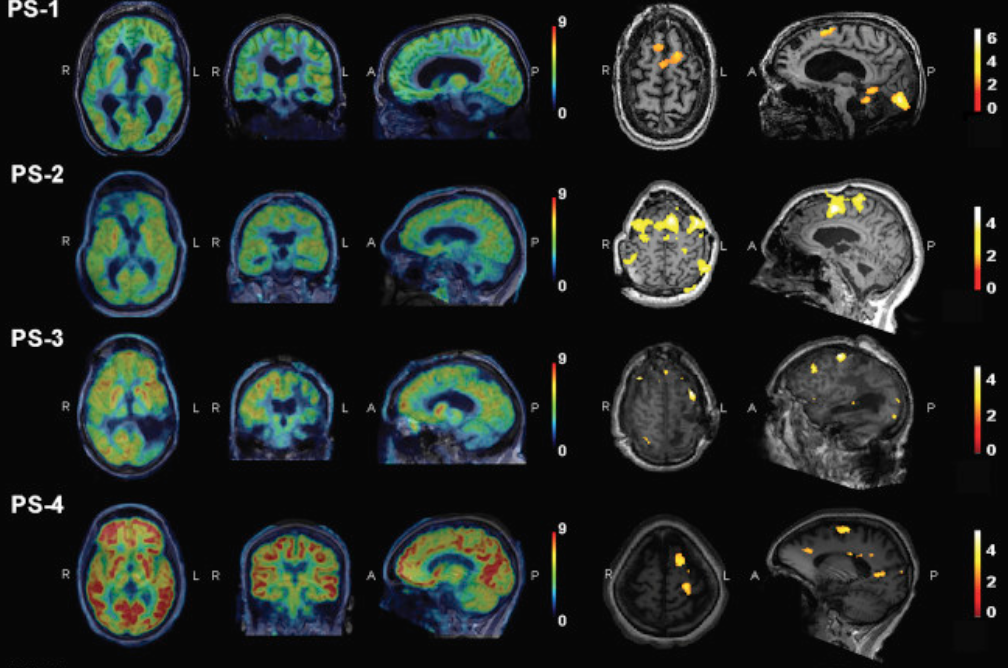
EEG identifies cognitive motor dissociation
Nicholas Schiff and Weill Cornell colleagues have developed an EEG-based method for measuring the delay in brain processing of continuous natural speech in patients with severe brain injury. Study results correlated with fMRI obtained evidence, commonly used to identify the capacity to perform cognitively demanding tasks. EEG can be used for long periods, and is cheaper and…
-
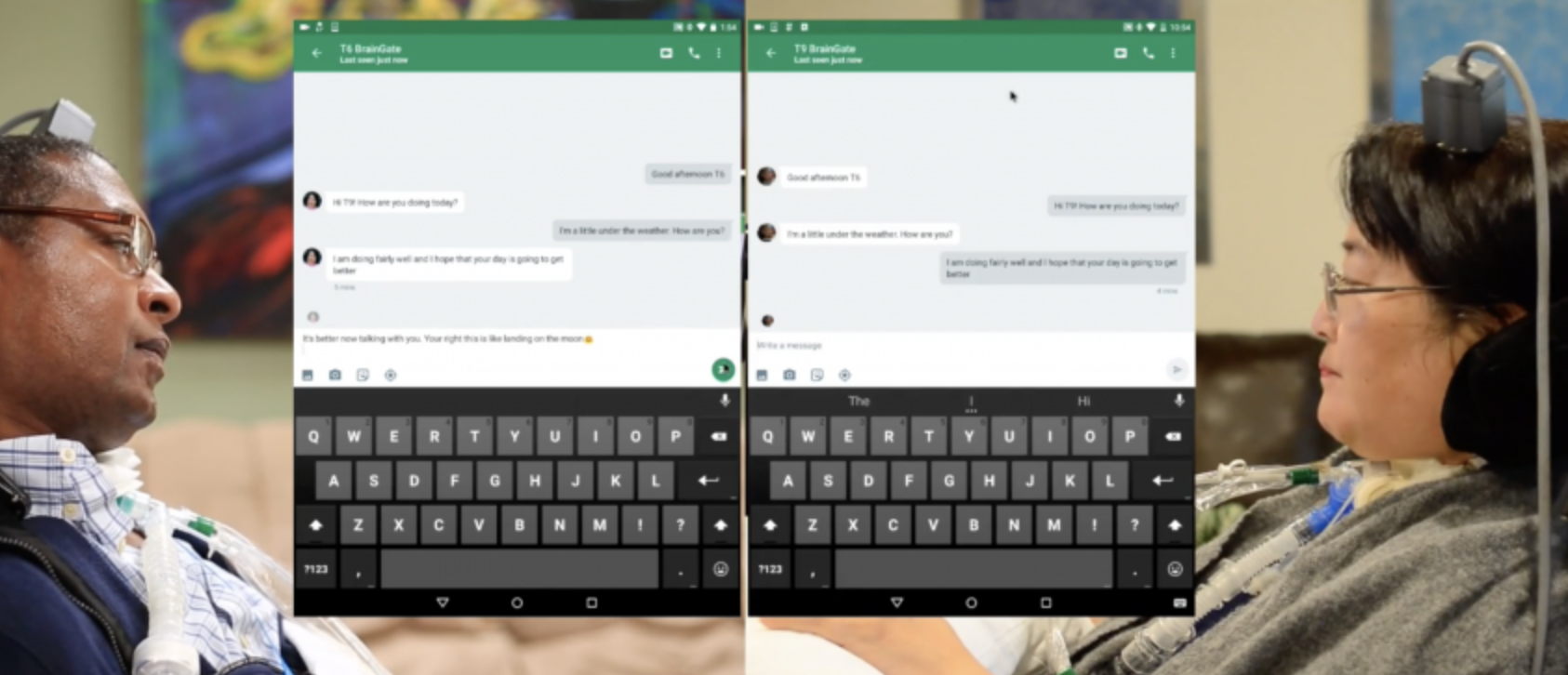
Thought controlled tablets
The BrainGate/Brown/Stanford/MGH/VA consortium has published a study describing three teraplegic patients who were able to control an off the shelf tablet with their thoughts. They surfed the web, checked the weather and shopped online. A musician played part of Beethoven’s “Ode to Joy” on a digital piano interface. The BrainGate BCI included a small implant that…
-
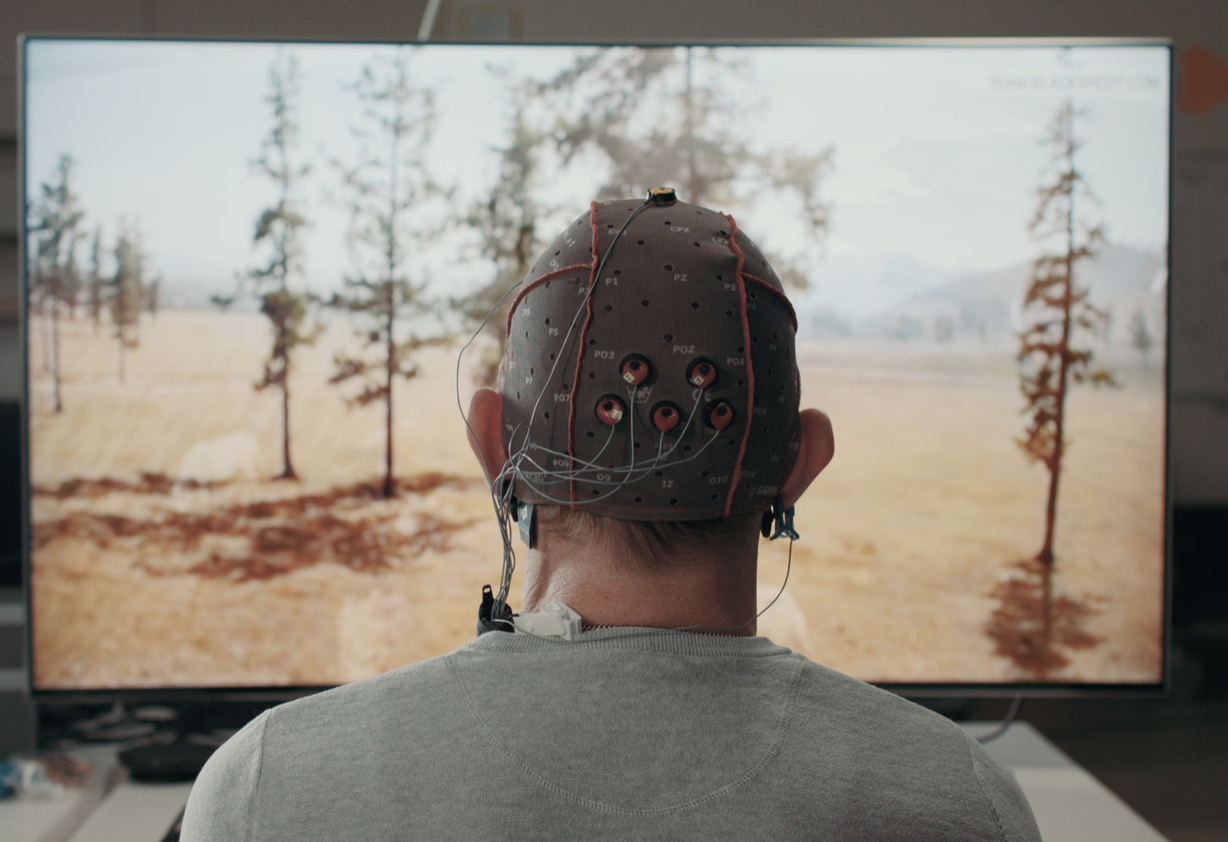
Thought controlled television
Samsung and EPFL researchers, including Ricardo Chavarriaga, are developing Project Pontis, a BCI system meant to allow the disabled to control a TV with their thoughts. The prototype uses a 64 sensor headset plus eye tracking to determine when a user has selected a particular movie. Machine learning is used to build a profile of…
-
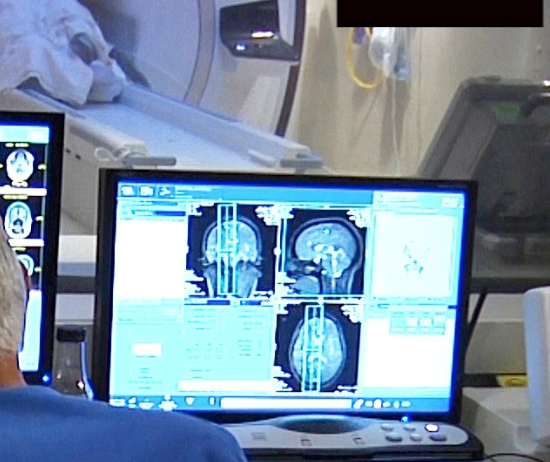
Focused ultrasound thalamotomy in Parkinson’s Disease
UVA’s Scott Sperling and Jeff Elias, who already used focused ultrasound to treat essential tremor, have just published the results of a small study showing the efficacy of the technology in Parkinson’s Disease. The sound waves were shown to interrupt brain circuits responsible for the uncontrollable shaking associated with the disease. The researchers claim that their study…
-

Wearable sensor monitors shunt function in hydrocephalus
Northwestern’s John Rogers has created another minimal, flexible, wireless, adhesive wearable — this time to help hydrocephalus patients manage their condition. The band-aid like sensor determines whether a shunt is working properly. Shunts often fail. When this happens, a patient can experience headaches, nausea and low energy, and must go to a hospital immediately. However,…
-
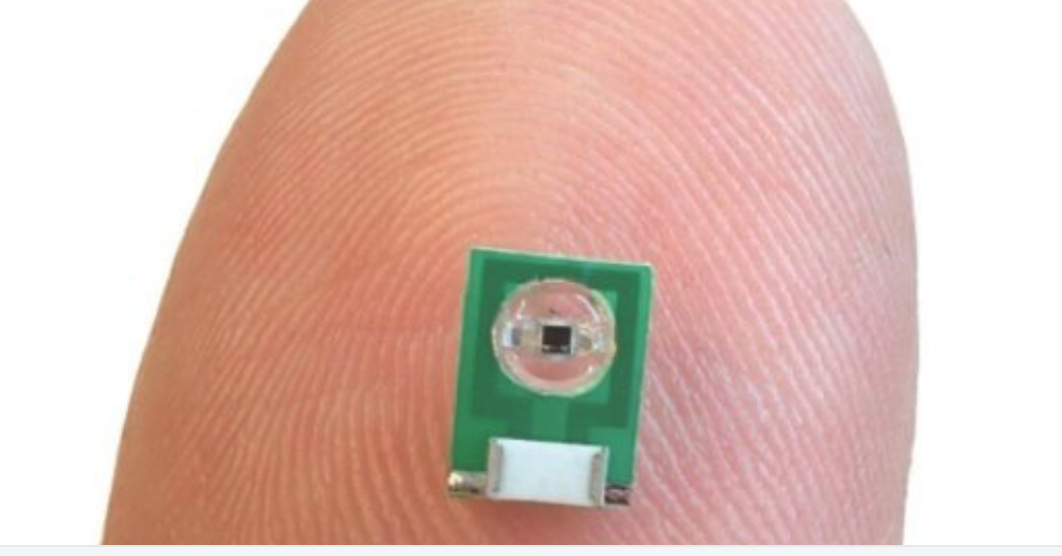
Minimally invasive sensor detects electrical activity, optical signals in brain for MRI
MIT’s Aviad Hai has developed a minimally invasive sensor to detect electrical activity or optical signals in the brain for MRI. No power source is needed, as radio signals that an external MRI scanner emits power the sensor. It is implanted but does not require a wired connection to the brain. The researchers believe that…